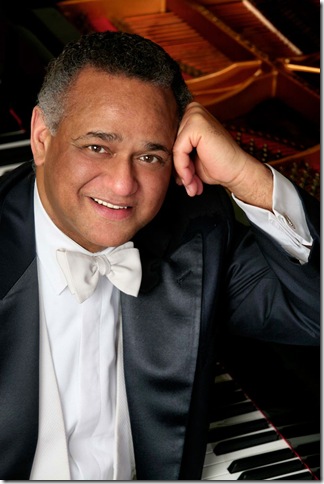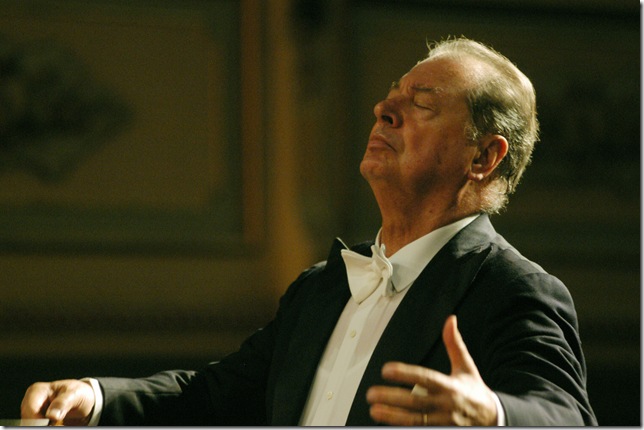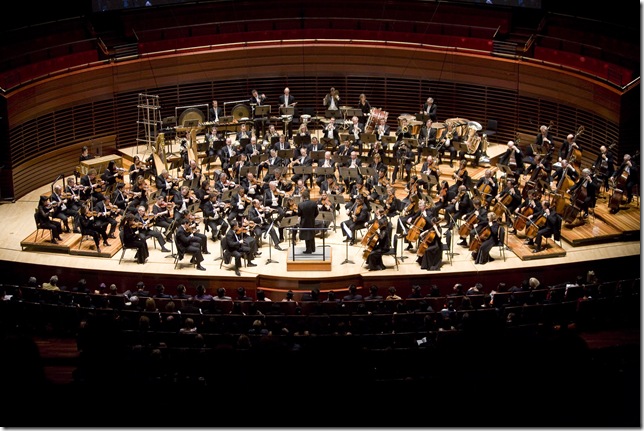There is a celebrated sign on the road to the Marlboro Music Festival in Vermont that reads: Caution: Musicians at Play.
That phrase suggests not just performers enjoying themselves in their craft, but also expert musicians who can do whatever they want with the material at hand and keep it fresh.
That feeling of easeful mastery was all over the Kravis Center on Wednesday afternoon for the second of two concerts by the Philadelphia Orchestra on its recent Florida tour, the first time it’s stopped in the state since 2006.
Most of the program was one that could have been given a century ago or more, in particular the closing work, the Fifth Symphony of Beethoven (in C minor, Op. 67). But even that had a somewhat unusual take that imbued its thrice-familiar bars with surprise.
The conductor for the tour was the veteran Spaniard Rafael Frühbeck de Burgos, who turns 80 later this year. He walked onstage with some difficulty and had to sit to conduct, but he brought a clear, well thought-out vision of each of the pieces to the concert.
The soloist Wednesday was the veteran American pianist André Watts, whose sensational debut in 1963 has been followed by a stellar career, dozens of recordings, and most recently, a professorship at Indiana University. He has concentrated on core Germanic repertory in his decades on the concert stages, and at the Kravis, he was featured in the Piano Concerto (in A minor, Op. 16) of Edvard Grieg.
It’s often been said that the Grieg is a concerto of somewhat slender merit, having too close an affinity to the Schumann concerto and the flashy concerti of the mid-19th century by the forgotten pianist stars of that day. But in Watts’ hands, it was easy to see why this piece has never left the affections of the public.
 He played the first movement with a kind of tender dispatch, with tempos on the swift side, sometimes running ahead of the orchestra. His cadenza was powerful without being overwrought, and his technique was large, thorough and highly polished. In the second movement, Watts’ lovely singing tone made the most of the piano’s solo material, which follows a complexly beautiful orchestral opening with a statement of almost primitive simplicity.
He played the first movement with a kind of tender dispatch, with tempos on the swift side, sometimes running ahead of the orchestra. His cadenza was powerful without being overwrought, and his technique was large, thorough and highly polished. In the second movement, Watts’ lovely singing tone made the most of the piano’s solo material, which follows a complexly beautiful orchestral opening with a statement of almost primitive simplicity.
The finale moved along briskly, and toward the end, just before the triumphant final pages, Watts played his falling chromatic chords with a fierce energy, as though the music were being bitten off in chunks. It was a most effective way to dissipate the last minor-key energy of the concerto before all brass and blazes broke out moments later.
This is a concerto that survives on the freshness and beauty of its melodies, and Watts was able to give it some added depth with his gentle, sensitive playing. The orchestral playing in the Grieg was as good as you could hope for, with particularly lovely playing from strings and solo horn in the second movement. It was a performance that made a strong case for Grieg and the concerto, largely because conductor, soloist and orchestra did not try to overreach; the concerto is a modestly scaled work, and communicates best when it’s allowed to speak honestly within its confines.
The concert, which took place before a large audience, opened with a reference to this orchestra’s storied past, in the Leopold Stokowski arrangement of the fourth-movement chorale from the cantata Wachet auf, ruft in die Stimme (BWV 140) of J.S. Bach. Stokowski, who led the Philadelphia for nearly 30 years in the first decades of the last century and made the orchestra legendary, was an organist, and his feeling for organ textures is evident from the scoring here.
The Stokowski arrangements of Bach have fallen out of favor because of the success of the historically informed performance movement, but there’s nothing shocking or purple about this setting. Bach himself reworked this chorale in different versions, and Stokowski’s version is classic and restrained, with strings and brasses cleanly and chastely set off from each other. The orchestra played it beautifully, and Frühbeck de Burgos’s sober reading gave the music real nobility.
The Beethoven Fifth that closed the concert was notable at first for the fact that Frühbeck de Burgos led the work in one continuous span, with no breaks between movements. After the end of the first movement, he marked off one beat with his baton and with the next, brought the violas and celli In for the second movement. He did precisely the same thing for the end of the second movement and beginning of the third, which is written to go without pause into the finale.
This all-attacca, all-the-time approach was effective in concert, but even more in retrospect. This rendition of this most familiar of all symphonies was decidedly Old World, remarkably smooth and emotionally conservative. There is a tendency among conductors today to stress the violence of Beethoven’s music, but this performance had none of that. It was strong and forceful, but without brutality and shock.
Indeed, tempos were on the moderate side all the way through, particularly the third movement, which was relatively slow until the C major entrance of the basses with their famous unison fugue subject, at which point Frühbeck de Burgos suddenly stepped on the gas. His feeling for contrast was also marked in the transition to the finale, which he led with an abundance of mystery and hushed dynamics. In the finale, the secondary falling-scale motif was led at a decidedly slower tempo than the rest of the movement, but it didn’t seem jarring or perverse, just wonderfully expressive.
It was remarkable to hear how so many liberties could be taken with the score and yet have it hang together without a hitch, tribute not just to Frühbeck de Burgos’ careful planning, but the exceptional quality of the players he was conducting. It’s doubtful that a less accomplished ensemble could comfortably accommodate this sort of directorial elasticity and yet keep the shape in place. But the Philadelphians did, and it was well worth the effort.
The encore, which followed long, warm and standing-ovation applause, was a Spanish barn-burner: The Intermedio from the 1897 zarzuela La Boda de Luis Alonso, by Gerόnimo Giménez. Frühbeck de Burgos led this at a furious pace, with lower strings bowing manically to stay on top of things during their entrance with one of the several catchy folk-inflected tunes in this intermezzo.
It was marvelous, not just hugely fun because of its forthright wish to entertain, but also because of the lightness the orchestra brought to its task, another example of the ensemble’s ability to perfectly match the intentions of the composers it performs.

